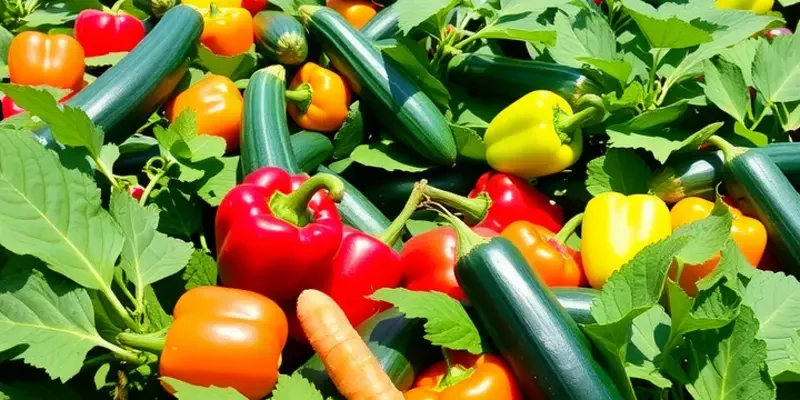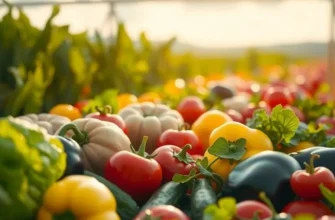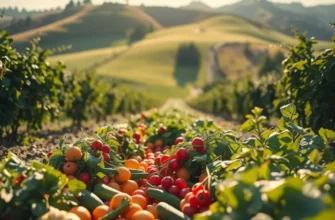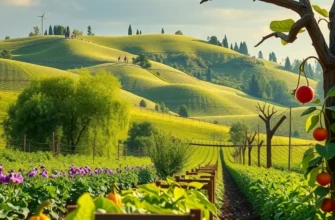Sautéing vegetables is a fundamental cooking technique that elevates flavors and enhances textures. Whether you’re a novice or a seasoned cook, mastering this method can transform your dishes into vibrant and delicious meals. With the right approach, sautéing is not only easy but also a quick way to add nutrients to your plate. This guide is designed to help you sauté vegetables perfectly every time by providing practical tips and techniques.
Choosing the Right Vegetables
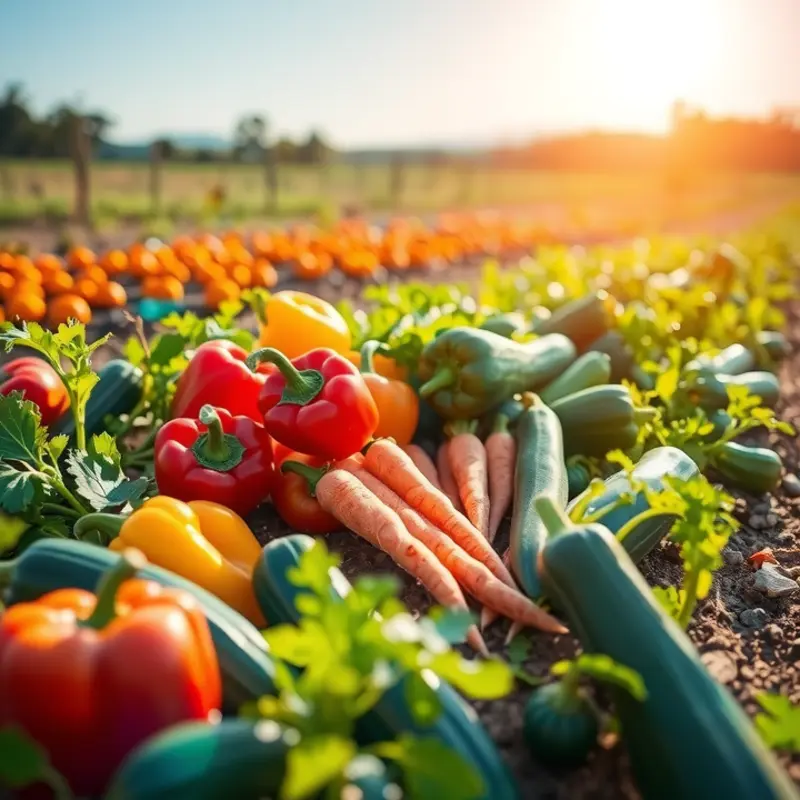
Selecting the right vegetables is the foundation of a perfectly sautéed dish. Different vegetables require different cooking times. Understanding this helps achieve the desired texture and flavor balance. Hard vegetables like carrots, bell peppers, and broccoli take longer to cook. They should be cut into uniform pieces to ensure even cooking. Consider blanching these first to reduce overall time spent at the stove. Carrots, with their natural sweetness, balance well with aromatic herbs and spices.
Softer vegetables such as zucchini and spinach cook rapidly. Avoid overcrowding the pan when sautéing these, as they release water and steam instead of brown. This affects their texture negatively. Add them towards the end of cooking. Zucchini pairs beautifully with garlic and lemon zest, while spinach is enhanced by a pinch of nutmeg.
Freshness is another pivotal factor in choosing vegetables. Fresh vegetables retain more nutrients and have a better texture. Store your vegetables properly to maintain their freshness. Eco-smart kitchen storage practices can help increase their longevity. Look for vibrant colors and firm textures when purchasing. Wilted leaves or soft spots indicate aging.
A vibrant mix of colors not only makes the dish appealing but also boosts nutritional diversity. Opt for a spectrum ranging from the deep purples of eggplant to the rich greens of kale. Each color often signifies a distinct set of nutrients and antioxidants, enriching your meal with hidden benefits.
Balancing flavors and textures is crucial in crafting a dish that delights the palate. Combine sweet and savory vegetables for a complex flavor profile. Peppers can bring a subtle sweetness, while mushrooms add umami and depth. Textures should vary to maintain interest, combining firm beans with tender leafy greens, for example. By considering these elements, you create a dish that is as much a feast for the eyes as it is for the taste buds.
Keep experimenting with combinations of different veggies and flavorings to master this essential culinary skill. Through practice, you’ll learn which combinations appal and complement, creating versatile and delicious dishes.
Sautéing Techniques for Perfect Vegetables
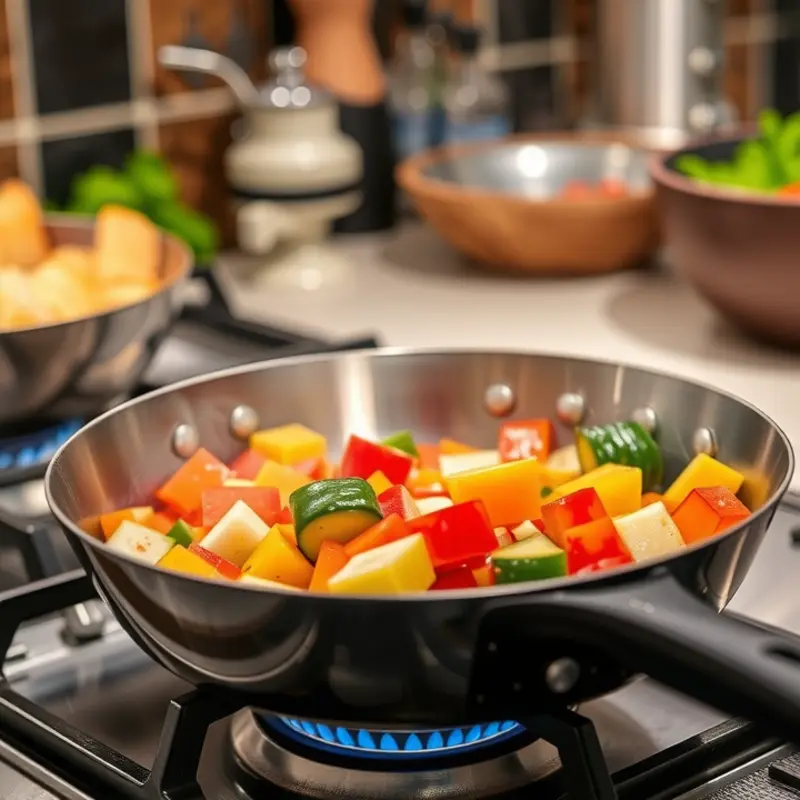
Achieving perfectly sautéed vegetables is a journey that begins with understanding the basics of heat and fat. Start by selecting a non-stick or a well-seasoned cast-iron pan for even heat distribution and fewer sticking issues. Preheat the pan to medium-high heat. This temperature ensures your vegetables will cook evenly without burning or becoming soggy.
Choose the right oil based on smoke point and flavor. Olive oil offers a robust flavor but burns at lower temperatures, while canola and grapeseed oils tolerate higher heat without imparting strong flavors. Add oil to the pan and heat it until it shimmers. This shimmering indicates that the oil is hot enough to start cooking but not overheated.
Uniformity in vegetable size is crucial for even cooking. Chop your vegetables into similar sizes so that no piece is left undercooked or overcooked. Begin with harder vegetables like carrots and broccoli since they require longer cooking times. Stir frequently to prevent sticking and to ensure an even cook.
After the harder vegetables have started to soften, add softer ones such as bell peppers and zucchini. This second addition reduces the risk of overcooking the softer vegetables while allowing the harder vegetables to cook through. Stir the mixture occasionally without overcrowding the pan. Overcrowding reduces heat, leading to steamed rather than sautéed vegetables.
Seasoning your vegetables as they cook is essential. A pinch of salt enhances flavor and helps draw out moisture. Add pepper for a subtle kick and consider additional spices depending on your preference. Note that over-seasoning can be as detrimental as under-seasoning, so build flavors gradually.
To elevate flavors further, finish with a splash of lemon juice or fresh herbs, like parsley or basil, towards the end of cooking. These additions provide a bright and refreshing contrast to the rich, savory flavors developed during sautéing.
Perfecting the art of sautéing requires practice and patience. Experiment with different combinations of vegetables and seasonings. As you explore new flavor profiles, you’ll gain a deeper understanding of how the cooking process transforms each ingredient. Along with honing your sautéing skills, you might find it useful to reduce kitchen waste by exploring tips on low-waste cooking and prep to complement your cooking journey.
Final words
Sautéing vegetables is not only a skill, but an art that can significantly enhance your cooking repertoire. By selecting the right vegetables and mastering sautéing techniques, you will create flavorful and visually appealing dishes. Remember, practice makes perfect—don’t be afraid to experiment with different vegetables and seasonings. This method opens up a world of culinary possibilities, making every meal exciting. So grab a pan, your favorite veggies, and start sautéing like a pro today!

